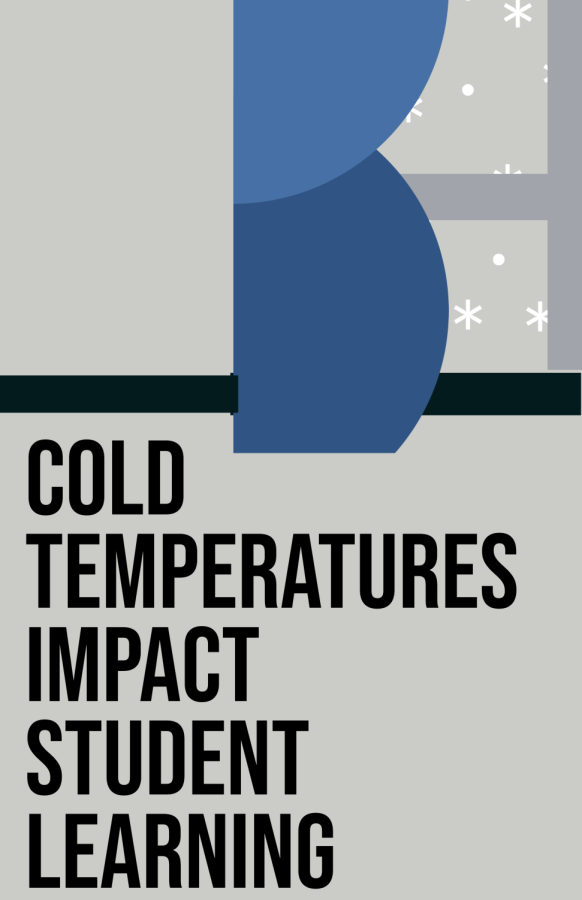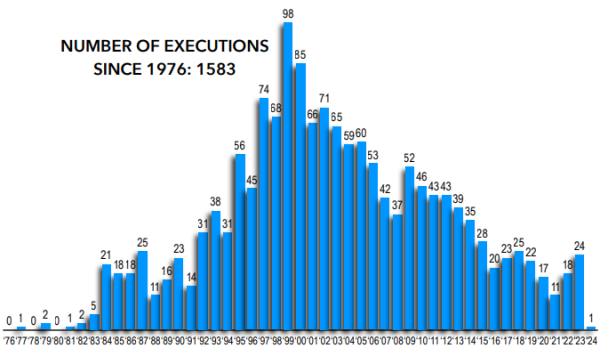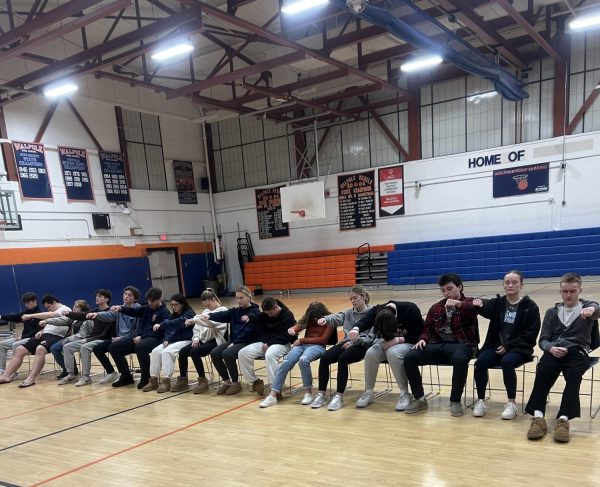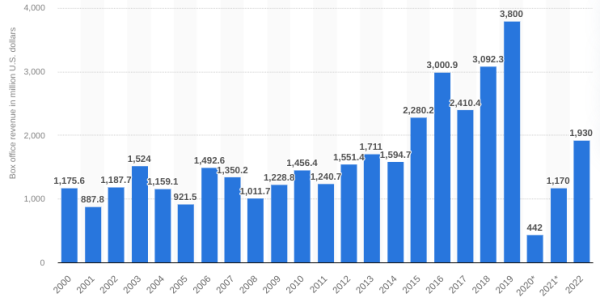Cold Temperatures Negatively Affects Students’ Learning
On Tuesday, Jan. 11, Massachusetts and several surrounding states saw the coldest temperatures since January 2019. Wind chill was subzero temperatures and even reached the negative teens in New Hampshire. These cold temperatures brought school closures for some, including Boston Public Schools, while other schools decided on indoor recess. Other schools with sufficient heating and adaptable transportation allowed the school to continue routinely, yet students still felt the effects of the cold.
The cold affects students’ days from the beginning to the end of the day. First, to start the day, when it is cold, many students find it harder to get out of bed. Students must leave earlier for school with the risk of black ice and need to go slower. Additionally, many students who park at other locations choose to get a ride from school because of the cold temperatures. For example, it was so cold on Jan. 11 that health officials warned that being outside for 15 to 30 minutes put one at risk for frostbite.
For students who walk either from their house or their car, they must wear multiple layers that restricts them from choosing their outfits, which is a disservice to their day by either having to drag their winter coat around all day or need time to go to their locker ahead of class. Also, when it is snowy out, some students wear boots, especially with a long walk, but if they have physical education class they must change for class and bring a pair of sneakers. Especially with no use of locker rooms anymore, students must keep their sneakers with them or in their lockers.
The cold temperatures can also affect a student’s performance in school, especially in addition to open windows as a cautionary measure for the COVID-19 pandemic. With the windows open, cold air blows into the room, especially to the kids who sit right by the window. If students are shivering and focused on being cold, they may have trouble paying attention in class and need to bundle up to focus, especially if they sit near the windows. However, the temperature in classrooms is unpredictable, and sometimes is warmer than it will be in the spring with the heat pumping through the school. When seats are in different locations in different classes whether by the heater or by the window, students must be prepared to change their mindset every class. Students must constantly adapt to the temperature as the days go on, starting with a winter coat if their first class is cold and taking off layers as the days go on.
Since Jan. 11, cold temperatures have been filling days as the wind chill is often 10 degrees cooler than the actual temperature. Students continue to plan their outfits accordingly as they prepare to learn in the cold temperatures.

Grace Ryan, class of 2023, is the News Editor of The Searchlight. At Walpole High School, she is a part of Student Council, Community Service Club,...

















